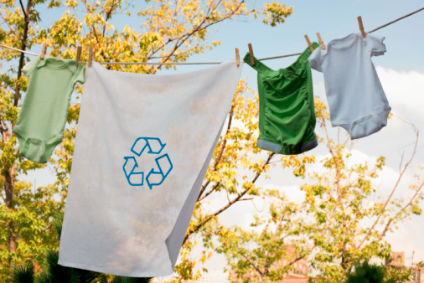Climate Change Impacts on Fashion’s Supply Chains
Fashion’s supply chains are already feeling the effects of climate change. Extreme weather events, such as floods, heatwaves, and droughts, have caused billions of dollars in losses and affected millions of people. These events have caused a decrease in the production of natural fibers, such as cotton, wool, and silk, and have put the habitats of animals that produce luxury fibers, such as cashmere goats and vicuña, at risk.
In order to mitigate the risks associated with shipping disruptions caused by climate change, fashion companies must use data analytics and machine learning to identify and address potential risks. By monitoring weather patterns and analyzing data from past events, companies can anticipate potential disruptions and take proactive steps to reduce their impact. Companies can also use data to identify areas that are most vulnerable to climate change and develop strategies to support farmers and workers who are affected. Finally, data analytics and machine learning can be used to track the progress of climate change initiatives and ensure that companies are meeting their sustainability goals.


Wow, this is quite a comprehensive article, and I’m surprised to see how much value data analytics can have in fashion’s supply chains. Very interesting!
Dis is very intresting article. I didn’t know dat data analytics can help fashion companie to reduce climate change effects. I would like to learn more about dis.
This article is really eye-opening and I’m glad companies are taking proactive steps to mitigate climate change risks. I’m curious to know if there are any other strategies companies are using.